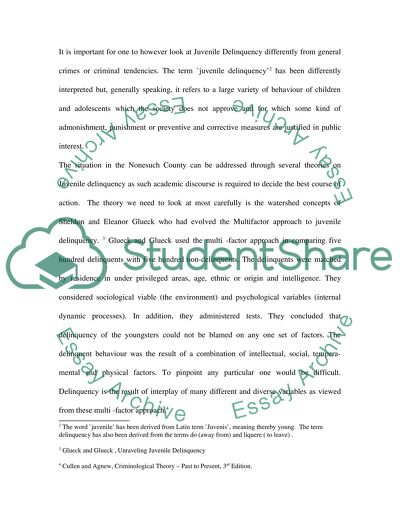Cite this document
(“Law/ Criminal Justice Essay Example | Topics and Well Written Essays - 2250 words”, n.d.)
Law/ Criminal Justice Essay Example | Topics and Well Written Essays - 2250 words. Retrieved from https://studentshare.org/miscellaneous/1545554-law-criminal-justice
Law/ Criminal Justice Essay Example | Topics and Well Written Essays - 2250 words. Retrieved from https://studentshare.org/miscellaneous/1545554-law-criminal-justice
(Law/ Criminal Justice Essay Example | Topics and Well Written Essays - 2250 Words)
Law/ Criminal Justice Essay Example | Topics and Well Written Essays - 2250 Words. https://studentshare.org/miscellaneous/1545554-law-criminal-justice.
Law/ Criminal Justice Essay Example | Topics and Well Written Essays - 2250 Words. https://studentshare.org/miscellaneous/1545554-law-criminal-justice.
“Law/ Criminal Justice Essay Example | Topics and Well Written Essays - 2250 Words”, n.d. https://studentshare.org/miscellaneous/1545554-law-criminal-justice.


